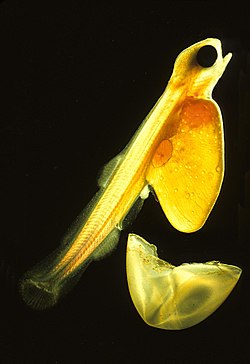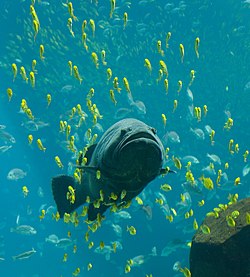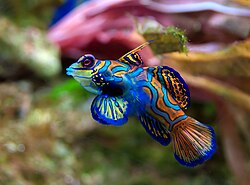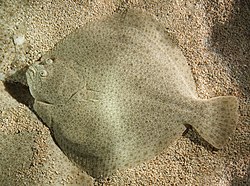Help:Images
This page explains the image syntax when editing the wiki. Before using images in your page, your wiki must have file uploads enabled (see the technical manual for details) and you have to upload a file.
Syntax edit
The full syntax for displaying an image is:
[[Image:{name}|{options}]]
Where options can be zero or more of the following, separated by pipes:
thumb,thumbnail,frame, orframeless: Controls how the image is formattedleft,right,center,none: Controls the alignment of the image on the pagebaseline,sub,super,top,text-top,middle,bottom,text-bottom: Controls the vertical alignment of the image on the page{width}px: Resizes the image to the given width in pixels- Special cases:
page=1: Displays the specified page when showing a djvu file
link={destination}: Allows to link to an arbitrary title, URL or just nowhere (1.14+)alt={alternative text}: For changing the alternative text (alt="") of an image (1.14+)
The options can be given in any order. If a given option does not match any of the other possibilities, it is assumed to be the caption text. Caption text can contain wiki links or other formatting.
Frame edit
The following table shows the effect of all available frame types.
Help:Images/frameHelp:Images/frameHelp:Images/frameHelp:Images/frame| You type | You get |
Size and Frame edit
Among different frame type, the effect of the size parameter may be different, as shown below.
Help:Images/sizeHelp:Images/sizeHelp:Images/sizeHelp:Images/size| Frame | You get | ||
Border and Frame edit
Help:Images/borderHelp:Images/borderHelp:Images/borderHelp:Images/border| Frame | You get | |
Alignment edit
Other files edit
You can link to an external file using the same syntax used for linking to an external web page.
[http://url.for/some/image.png]
Or with different text:
[http://url.for/some/image.png link text here]
If it is enabled on your wiki (see Manual:$wgAllowExternalImages), you can also embed external images. To do that, simply insert the image's url:
http://url.for/some/image.png
Gallery of images edit
It's easy to make a gallery of thumbnails only, not other images, with the <gallery> tag. The syntax is:
<gallery>
Image:{filename}|{caption}
Image:{filename}|{caption}
{...}
</gallery>
Note that the image code is not enclosed in brackets when enclosed in gallery tags.
Captions are optional, and may contain wiki links or other formatting.
for example:
<gallery>
Image:Example.jpg|Item 1
Image:Example.jpg|a link to [[Help:Contents]]
Image:Example.jpg
Image:Example.jpg
Image:Example.jpg|''italic caption''
Image:Example.jpg|on page "{{PAGENAME}}"
</gallery>
is formatted as:
-
Item 1
-
a link to Help:Contents
-
italic caption
-
on page "Images"
Parameters edit
The gallery tag itself takes several additional parameters:
<gallery {parameters}> {images} </gallery>
caption={caption}: sets a caption on the gallery.widths={width}px: sets the widths of the images.heights={heights}px: sets the (max) heights of the images.perrow={integer}: sets the number of images per row.
Modes edit
Gallery modes will alter the characteristics of the gallery display.
traditional- is the original gallery type used by MediaWiki.
nolines- is similar to traditional, but with no border lines.
packed- causes images to have the same height but different widths, with little space between the images. The rows in this responsive mode organize themselves according to the width of the screen.
packed-overlay- shows the caption overlaid on the image, in a semi-transparent white box.
packed-hover- is similar to packed-overlay, but with the caption and box only showing up on hover.
slideshow- creates a slideshow of the images.
This example is 'packed-hover'
-
Astronotus ocellatus (Oscar)
-
Salmo salar (Salmon Larva)
-
Epinephelus lanceolatus (Giant grouper)
-
Pterois volitans (Red Lionfish)
-
Macropodus opercularis (Paradise fish)
-
Canthigaster valentini (Valentinni's sharpnose puffer)
-
 Dactylopterus volitans (Flying gurnard)
Dactylopterus volitans (Flying gurnard) -
Semicossyphus pulcher (California Sheephead)
-
Pseudorasbora parva (Topmouth gudgeon)
-
Pterois antennata (Antennata Lionfish)
-
Synchiropus splendidus (Mandarin fish)
-
Psetta maxima (Turbot)
See also edit
External Link edit
| ⧼tpt-languages-legend/Images⧽ | English |
|---|



















